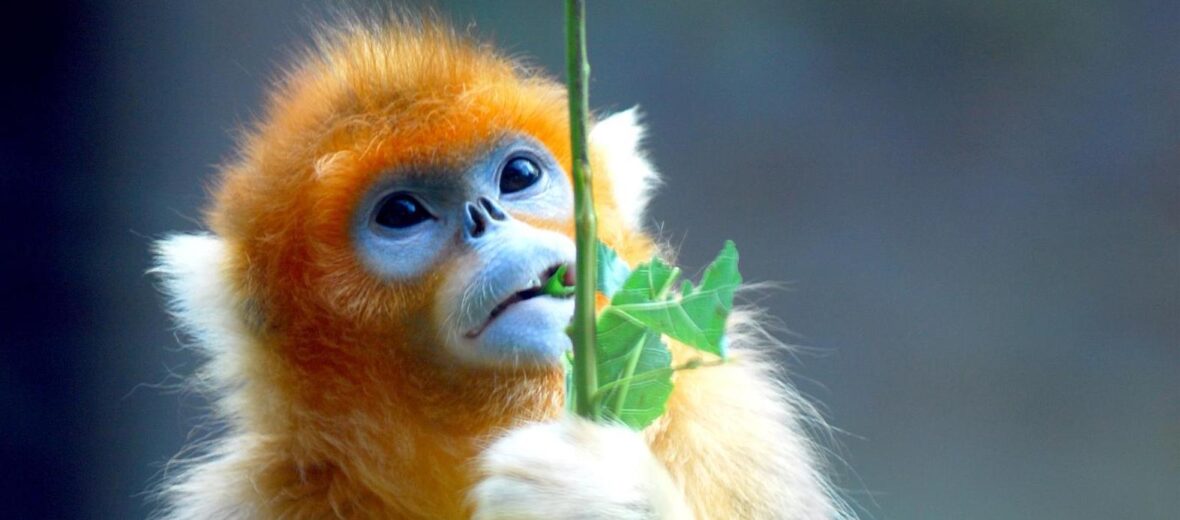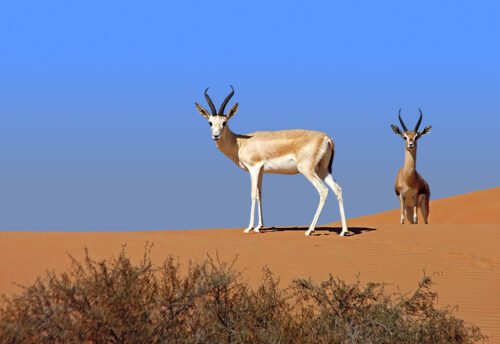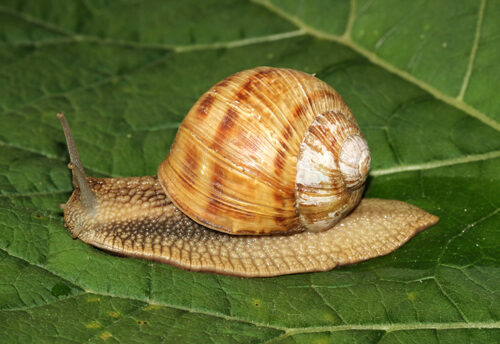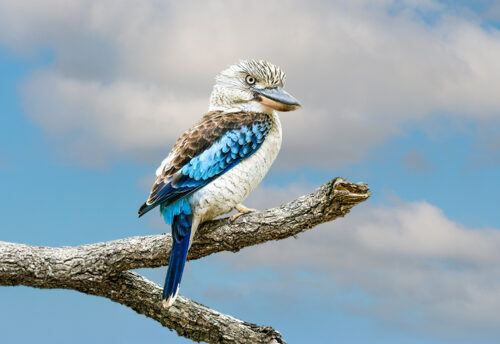
The golden snub-nosed monkey, aka the the orange monkey, the snub-nosed leaf monkey, & the Sichuan golden-haired monkey, only lives in central and southwestern China & the mountains of Tibet. They inhabit elevations up to 5,200 – 13,000 feet. These are called old world monkeys. What does it mean to be an old world monkey? This means that they have closely positioned nostrils (like ours) and hands like ours, complete with fingernails. They also have thick skin around their tails that help serve as a cushion while sitting. They have long tails but they’re not prehensile like New World monkeys. This article is on special request from my friend, Sutty.
First the Stats…
Scientific name: Rhinopithecus roxellana
Weight: Up to 30 lbs.
Length: Up to 2.1 feet
Lifespan: Up to 30 years
Now on to the Facts!
1.) These monkeys have short noses because they live in very cold climates and larger noses would be tough to keep warm.
2.) They are covered in long dense fur, sans their noses and mouths. This helps to keep them warm.
3.) Snub-nosed monkeys are arboreal (spend most or all of their time in trees).
4.) They eat tree bark, seeds, buds, leaves, insects, fruit, and also lichen. Lichen grows when fungi and algae combine.
5.) Their bands consist of 1 male and several females. These bands come together to form troops of 100s of monkeys.
But wait, there’s more on the golden snub-nosed monkey!
6.) Wild dogs, wolves, wild cats, foxes, leopards, tigers, and the golden eagle are all predators of these critters.
7.) The female gives birth to 1 baby between March – June. The baby is born gray and stays gray for up to 3 months.
Did you know…?
These critters are listed as Endangered by the IUCN. Sadly there are only about 2,000 known to be left in the wild.
8.) Golden snub-nosed monkeys are quite vocal. They are capable of producing 18 types of calls. What’s cool is that they can make most of these calls without showing any signs they are moving their mouths; like a ventriloquist.
Now a Short Golden Snub-Nosed Monkey Video!
Also, check out the Critter Science YouTube channel. Videos added frequently!
Want to suggest a critter for me to write about? Let me know here.



